How to Bypass AC Circuit Board? (7 Steps)
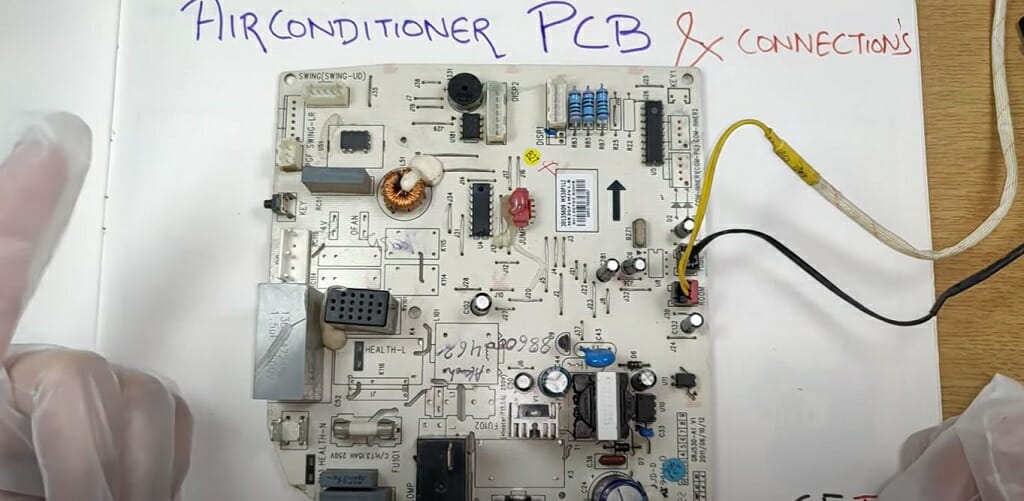
Learn everything you need to know about bypassing a fried AC circuit board from the below article.
An AC circuit board can get fried because of a sudden power surge or loose wiring. When that happens, your home’s cooling system will fail. So, it is smart to have a few simple tricks up your sleeve. In this case, bypassing the AC circuit board is the obvious solution, and I’ll teach you everything I know about this.
In general, to bypass a fried AC circuit board:
- Cut off the power to the AC circuit board.
- Turn off the compressor unit as a precautionary measure.
- Check the AC unit’s transformer and replace it if needed.
- Connect the two 24-volt transformer wires to the AC power line.
- Check the thermostat wiring.
- Connect the main power line to the blower motor.
- Turn on the power and start your AC unit.
Read the below seven-step guide for an in-depth explanation.
7-Step Guide on How to Bypass AC Circuit Board
Please read Carefully: Even though the below method is the best technique to bypass the AC circuit control board, I highly recommend using it as a temporary solution. Using this as a permanent solution might be risky, and it could damage your AC unit over time.
Step 1 – Cut off the Main Power
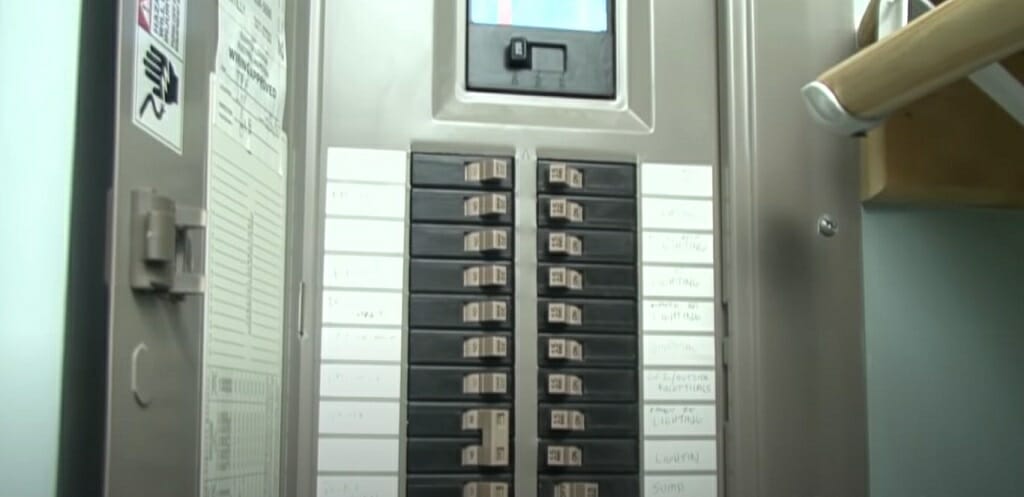
First and foremost, you should cut off the main power to the AC unit. You can do this by switching off the corresponding circuit breaker for your AC unit. If you cannot locate the particular circuit breaker, turn off the main switch on the panel. Either way, ensure the AC unit is cut off from the main power supply.
Step 2 – Turn off the Compressor Unit
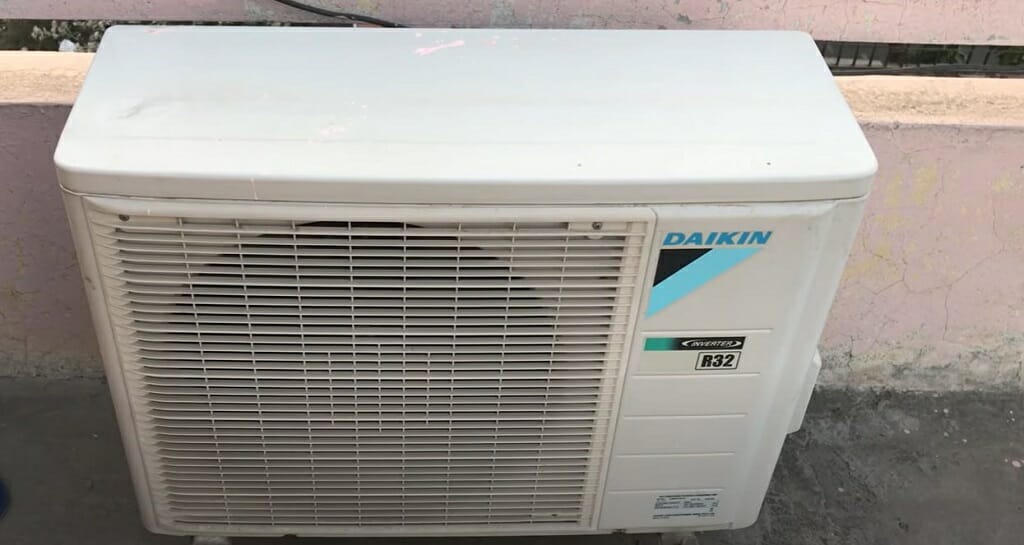
As a precautionary measure, turn off the compressor unit. You don’t want to damage it accidentally. The compressor is the engine of the AC unit, and it might cost you around $1500 to replace it. So, don’t put yourself in that situation; switch off the compressor unit before starting.
Step 3 – Check the Transformer
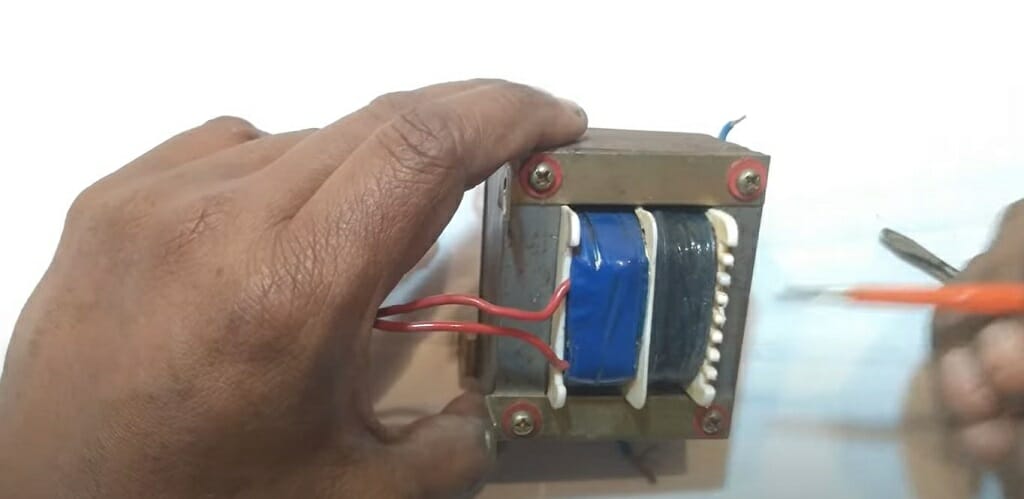
Before starting the wiring process, remember to check the transformer. A properly working transformer should release 24 volts as its output for the AC unit. So, grab a digital multimeter and check the transformer. If you aren’t familiar with how to do this, here are a few steps for checking any transformer.
- Supply power to the transformer.
- Identify the two output terminals of the transformer.
- Set the multimeter to AC voltage settings.
- Connect the multimeter’s red and black probes to the two terminals.
- Check the multimeter reading.
If the transformer is damaged, you’ll have to replace it with a new one. So, inspect the transformer for any physical damage too. When the output is incorrect, it might damage the AC unit. And this inaccurate output might be the cause of a fried circuit board.
Step 4 – Connect the 24 Volt Wires
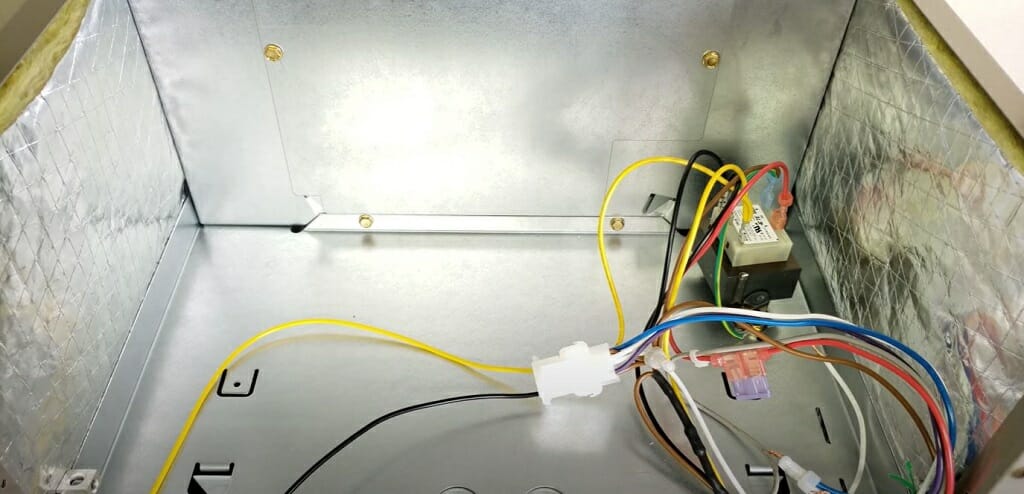
In this step, you’ll have to disconnect the two-transformer wires from the circuit board and connect them to the AC unit’s power line. This is the wiring part of this operation, and you’ll have to complete it correctly.
The main purpose of this step is to establish a direct line. So, disconnect the power in the wires from the circuit board first. Then, attach the same two wires to the contractor. Both wires carry 24 volts. They are the main power-supplying wires for the circuit unit.
These wires come in red and blue colors. So, identifying them won’t be difficult at all.
What is Contractor In AC Unit?
It is a small device that controls the electricity flow for your AC unit. Simply, the contractor is the drawbridge for two rivers.
How Does the Transformer Work in an AC Unit?
Knowing the working mechanism of the AC unit’s transformer will help you immensely while you carry out this wiring process. So, here are some basic things you should know about the AC unit’s transformer.
AC unit’s transformer gets 240 volts from the main power line and converts it into 24 volts. Then, the converted power lines are connected to the AC unit’s circuit board and power up the system.
But remember, in this process, you are trying to bypass the AC circuit board. So, instead of connecting the wires to the circuit board, connect them to the contractor at the outdoor condenser. The contractor can be compared to an AC unit switch. It is responsible for providing power to the components, such as the condenser and compressor.
Step 5 – Check the Thermostat Wiring
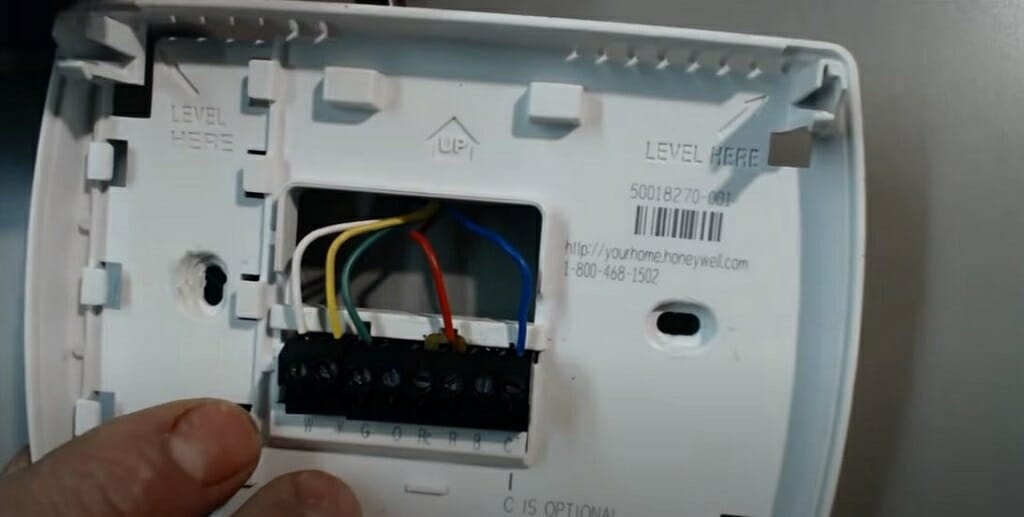
If you follow step 4 correctly, you almost completed this process. However, you should follow a couple more steps to bypass the AC circuit board. So, make sure the contractor wires connect to the thermostat properly. Otherwise, you may run into issues and end up with a broken AC unit.
Step 6 – Connect the Main Power Line to the Blower Motor
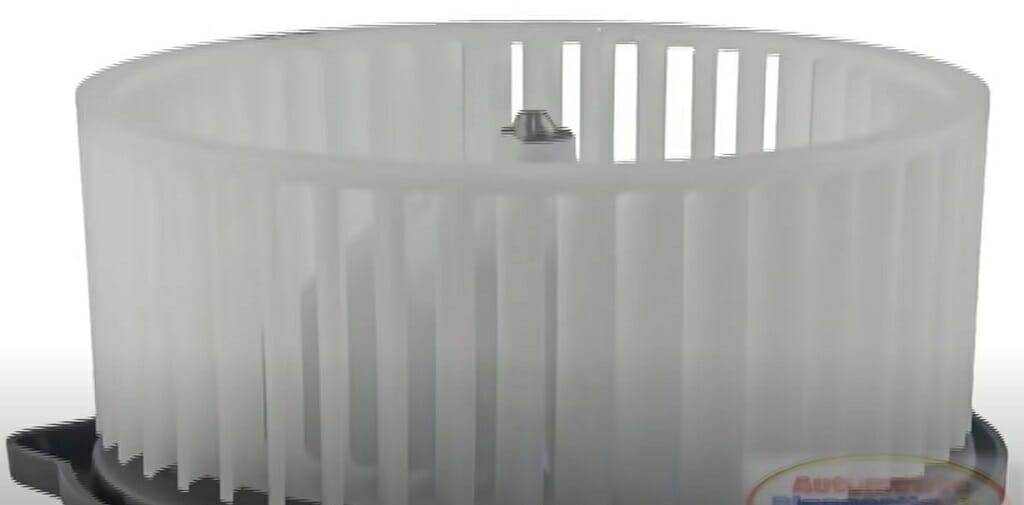
Now, supply the power to the blower motor. Get the main power line wires from the corresponding circuit breaker and connect them to the blower motor.
Step 7 – Turn on the Main Power
Finally, switch back on the AC unit’s circuit breaker and supply the power to the AC unit. However, if you turned off the main breaker instead of the AC unit’s circuit breaker earlier, turn on the main breaker.
What Can Fry My AC Circuit Board?
Several different reasons can burn or fry your AC unit circuit board. Here are the most common ones.
Sudden Power Surge
Even though these AC circuit boards have good protection, a sudden power surge can fry the board. The AC circuit board cannot handle such high voltages. It is designed to handle 24 volts.
Loose Wiring
Improper wiring can fry the AC circuit board. This loose wiring can cause short circuits and burn the circuit board.
Weak Blower Motor
If the blower motor fails, the air conditioner inside the fuse will blow. This could expose the circuit board to high currents, and eventually, the control board will burn.
Clogged Fitter
The air filter will get clogged after accumulating a large amount of dirt and debris. This puts a lot of extra pressure on the blower motor and might damage the fuse. As a result of a blown fuse, the board will fry.
Video References
CETech
MonkeySee
Lovepreet Singh

AN ELECTRICAL
AC Service Tech LLC
ADPTraining

